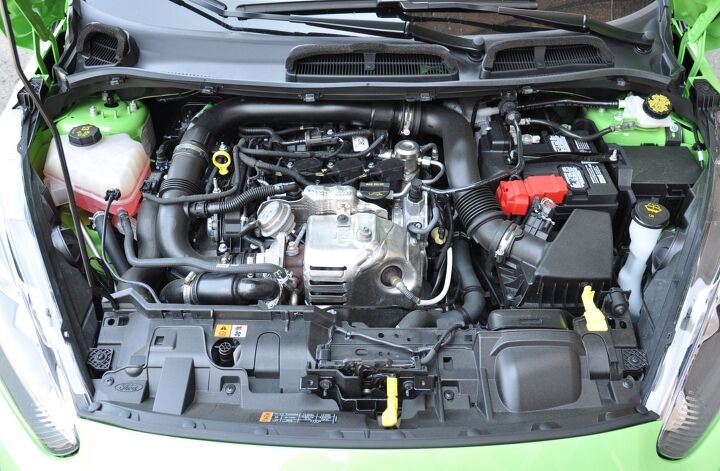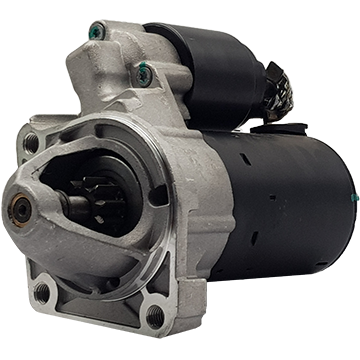Exploring the Development of Engines: From Traditional Styles to Modern Marvels
From the first steam engines that powered the Industrial Transformation to the development of inner combustion engines that changed flexibility, each phase has actually contributed to higher effectiveness and capacity. As we examine these landmarks, one should think about how the future of engine style might unfold, testing our assumptions of power and efficiency.
The Birth of Engine Innovation
The introduction of engine innovation noted a zero hour in human technology, transforming energy conversion and transportation. The earliest engines emerged from the requirement to harness mechanical power for functional use, bring about the growth of gadgets that transformed numerous energy types right into activity. The principle of the engine can be traced back to old civilizations, where basic equipments, such as the waterwheel and windmill, made use of all-natural pressures to perform job. It was throughout the late 17th and very early 18th centuries that considerable innovations began to emerge.
The development of the interior burning engine and the innovation of the vapor engine catalyzed an extensive change in industrial abilities. These engines not just improved effectiveness however additionally increased the extent of human wheelchair, enabling extraordinary transport possibilities. The early prototypes laid the groundwork for the mechanized globe, facilitating the rise of industries and improving social frameworks.
As engine styles developed, they advanced and included innovative materials design concepts, leading the method for modern-day growths - ford fiesta engine. The birth of engine innovation sparked an unrelenting quest of effectiveness and power, establishing the phase for the vibrant evolution of transport and industrial equipment that would follow
Vapor Engines and Their Effect

The steam engine's impact was particularly noticeable in the transport field (ford fiesta engine). Steam-powered locomotives facilitated the quick motion of items and individuals across substantial distances, efficiently diminishing the geographical obstacles that had previously hindered trade and interaction. Steamships revolutionized marine traveling, permitting for quicker and much more reliable crossings of rivers and seas.
In sector, vapor engines powered factories, allowing mass manufacturing and the rise of city centers as hubs of economic activity. Steam innovation fostered innovations in engineering and production procedures, laying the groundwork for future developments in engine design.
The Surge of Interior Combustion
Regularly outweighing vapor power, the surge of inner combustion engines marked a transformative shift in transportation and industry throughout the late 19th and early 20th centuries. The advancement of these engines, defined by their capability to melt gas within the engine itself, allowed higher efficiency and power compared to standard vapor engines. Introducing creators such as Nikolaus Otto and Rudolf Diesel played essential duties in developing engine layouts, bring about extensive fostering in autos, watercrafts, and industrial machinery.
The inner burning engine's small dimension and fairly lightweight nature promoted the emergence of individual cars, changing individual movement and improving urban landscapes. By allowing faster travel and the reliable transportation of goods, these engines militarized economic development and promoted globalization. The adaptability of fuel alternatives, including gasoline and diesel, better enhanced their appeal, permitting varied applications throughout various sectors.
In spite of the ecological worries that would certainly later arise, the initial attraction of inner combustion modern technology stocked its transformative capacity. As society embraced this development, the structure was laid for modern transportation systems, developing inner burning engines as a keystone of commercial advancement and life throughout the 20th century.
Advancements in Engine Effectiveness
As inner burning engines came to be important to transport and industry, the focus find shifted towards boosting their performance to meet growing needs for efficiency and sustainability. Advancements in engine Check Out Your URL style, product science, and technology have dramatically contributed to this development.
One major innovation is the development of turbocharging, which enables boosted air intake, resulting in more complete gas burning and boosted power result without expanding engine size. In addition, variable shutoff timing systems have been applied to enhance engine efficiency across different RPM varieties, therefore improving fuel performance.
The application of innovative fuel shot technologies, such as direct injection, has actually likewise played an important function. This method permits more accurate control over the fuel-air mixture, advertising better combustion and reducing discharges. Additionally, lightweight products, consisting of aluminum and composite elements, have actually been adopted to minimize general engine weight, bring about boosted effectiveness.
These advancements show a wider fad within the automobile industry, where the harmony in between engineering advancement and environmental factors to consider drives the ongoing mission for greater performance in interior combustion engines. As a result, modern-day engines are now extra effective, cleaner, and effective than ever, paving the method for a much more sustainable future in transportation.
The Change to Electric Power
With growing issues over ecological effect and fossil gas dependence, the automobile industry is experiencing a significant change towards electric power. This shift is driven by a mix of technical innovations, regulatory stress, and transforming customer choices. Electric vehicles (EVs) use an engaging alternative to typical inner combustion engines, boasting reduced greenhouse gas discharges and reduced operating expense.
The increase of battery innovation has been a video game changer, with lithium-ion batteries ending up being more effective and cost-efficient. Boosted power thickness and faster billing capacities have actually made EVs more sensible for day-to-day use. Federal governments worldwide are applying incentives and establishing enthusiastic targets for phasing out fossil gas vehicles, thus increasing the fostering of electric power.
As billing facilities expands and battery technology proceeds to improve, the shift to electric power is poised to reshape the automobile landscape, promoting sustainability and innovation in the years to come. The future of transport is electrical, and the momentum is obvious.
Conclusion
The advancement of other engine innovation stands for a significant trajectory of innovation that has actually exceptionally affected transportation and market. From the fundamental vapor engines to the transformative inner combustion engines, each advancement has actually added to boosted wheelchair and economic development. The present change towards electric power underscores an important dedication to sustainability, driven by innovations in battery technology. This ongoing evolution not only mirrors altering social requirements yet additionally highlights the possibility for a cleaner and a lot more efficient future in engine layout.

Comments on “Get the Most Out of Your Ford Fiesta Engine with Proper Care”